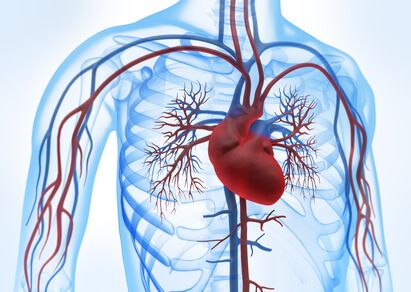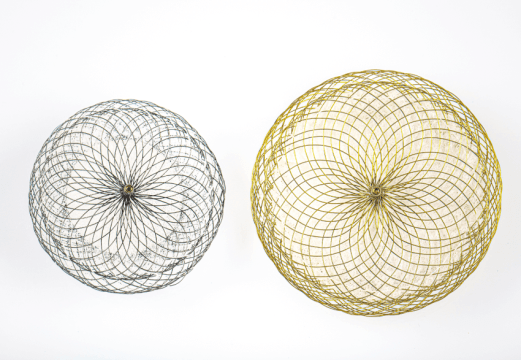According to this recent analysis published in JAHA, patients with stable Ischemic heart disease and high-risk anatomy benefit from revascularization at long term vs. the conservative treatment.

This goes against the study presented by Reynolds H et al at AHA 2020. Dr. Reynold’s was a sub-study of the ISCHEMIA trial which had observed that even though anatomical complexity impacts prognosis, it cannot be modified by revascularization.
The ISCHEMIA, published in NEJM, and all its sub studies, came to question everything we used to believe about chronic ischemic cardiomyopathy. However, more and more studies shed light on the recommended strategies.
9016 patients with stable ischemic heart disease and high-risk anatomy where included (3 vessels with >70% lesion, left main with >50% lesion or a combination of both).
The primary end point of all cause death or acute myocardial infarction was compared between patients receiving revascularization and those treated conservatively.
Read also: Diabetes and Peripheral Vascular Disease: Old Drugs, New Evidence.
5487 (61%) of patients received CABG (n=3312) or PCI (n=2175), whereas the remaining 3529 (39%) were managed conservatively.
Revascularization was associated with reduced MI rate and all cause rate. In addition, it was associated with longer life expectancy compared against the conservative treatment (p<0.001 for all points).
Reduced events rate was similar between CABG (HR 0.64, CI 95% 0.59 to 0.70, p<0.001) and PCI (HR 0.61; CI 95% 0.57 to 0.66; p<0.001).
Conclusion
Revascularization in patient with stable ischemic heart disease and high-risk anatomy improves prognosis at long term compared against the conservative treatment. Coronary anatomy should be considered before recommending revascularization to treat these patients.
Original Title: Long-Term Clinical Outcomes Following Revascularization in High-Risk Coronary Anatomy Patients With Stable Ischemic Heart Disease.
Reference: Kevin R. Bainey et al. J Am Heart Assoc. 2021;10:e018104. DOI: 10.1161/JAHA.120.018104.
Subscribe to our weekly newsletter
Get the latest scientific articles on interventional cardiology





